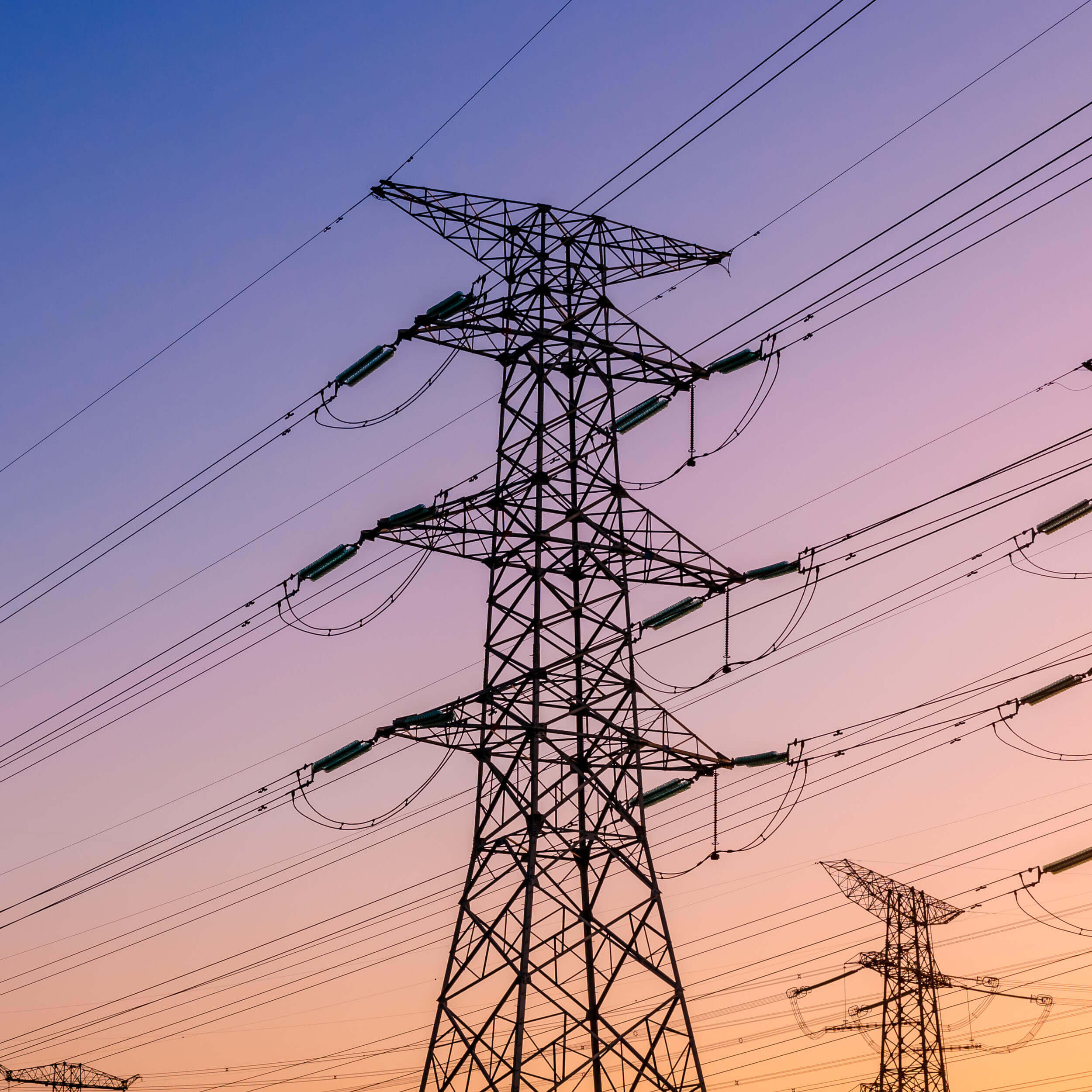
The “grid” is the system that powers homes, businesses, and communities by transporting electricity from plants and other energy sources to end users. In this resource, we’ll explore what the grid is, how it operates, and what solar users need to know about staying connected to it.
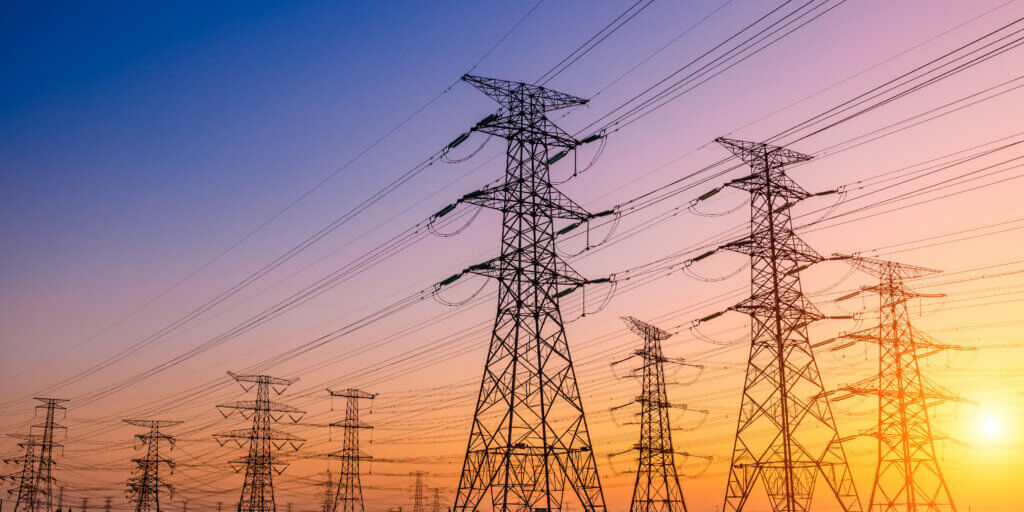
What is the Grid?
The grid, formally known as the electrical grid or utility grid, is an interconnected network of power plants, substations, transformers, and transmission lines designed to deliver electricity to millions of people every second. Electricity travels across this complex infrastructure from its source to homes, making the modern lifestyle possible.
Where is the grid? Kat Garside, Sustainability Expert for Integrity Energy, says, “The power grid is all around us – from overhead powerlines and underground transmission lines to electricity meters for homes and businesses. Nearly all structures that have access to electricity will be connected to the grid – except those that have opted to go off-grid with on-site generation. Grid infrastructure spans local, regional, and national levels, ensuring accessible power from suppliers to consumers.”
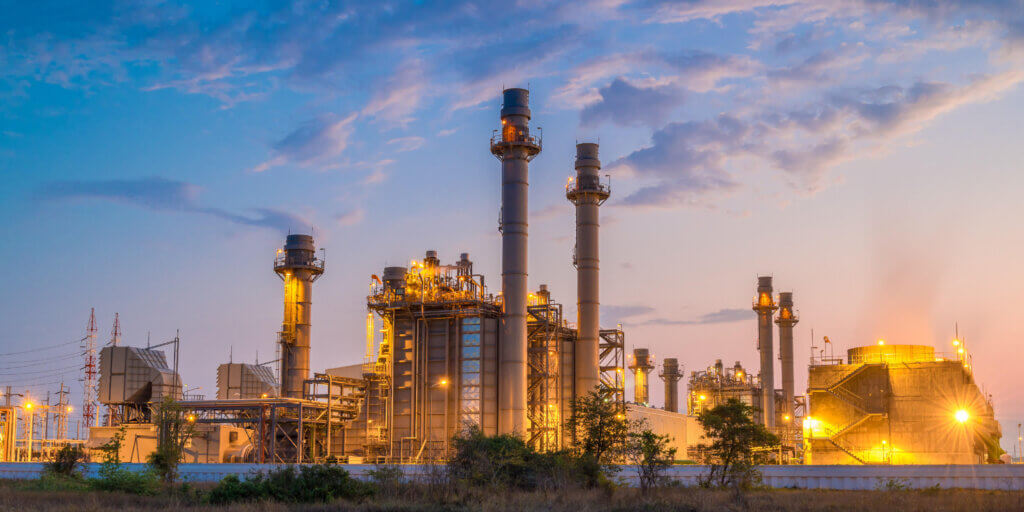
What’s the Difference Between “The Grid” and the “Utility Grid”?
While “the grid” and “utility grid” are often used interchangeably, there’s a subtle distinction.
- The grid generally refers to the entire national or regional electrical infrastructure.
- The utility grid can specifically refer to a portion of the grid managed by a particular utility company within a specific region.
The difference between the two becomes more relevant in discussions of who manages sections of the grid and how energy distribution is overseen.
Why Is the Electrical Grid Needed?
The grid enables large-scale electricity sharing across long distances, providing reliable, consistent access to power. This system ensures a consistent energy supply at all times. It achieves this by utilizing a mix of energy sources, including fossil fuels, nuclear power, and renewables. Together, these sources feed into the system to meet demand. Without the grid, electricity generation would need to be localized, which could result in power imbalances and reliability issues.
Who Manages and Maintains the Grid?
The electrical grid is a complex system managed and maintained by several key entities, each playing a unique role:
- Utility Companies
- Operate on a local level, distributing electricity to homes and businesses.
- Maintain infrastructure such as power lines, transformers, and meters.
- Regional Transmission Organizations (RTOs)
- Oversee large portions of the grid, often spanning multiple states.
- Ensure the efficient and reliable transmission of electricity across high-voltage lines.
- Examples:
- PJM Interconnection (Eastern U.S.)
- Midcontinent Independent System Operator (MISO)
- Independent System Operators (ISOs)
- Similar to RTOs but may cover smaller or more specific regions.
- Focus on balancing electricity supply and demand in real-time.
- Examples:
- California ISO (CAISO)
- New York ISO (NYISO)
- Government Agencies
- Regulate safety standards, environmental impacts, and market fairness.
- Agencies like the Federal Energy Regulatory Commission (FERC) set policies for transmission and wholesale electricity markets.
Together, these entities work to ensure the grid operates efficiently, reliably, and safely for consumers.
Garside provides a succinct explanation, “Regulatory agencies, like the Federal Energy Regulatory Commission (FERC), oversee interstate transmission and monitor the energy market for fair pricing. Regional transmission organizations act as the “traffic control” for energy distribution. They ensure all areas receive the power they need to meet consumer demand. Utility companies manage and maintain energy infrastructure for specific service areas. They are the local authority for energy infrastructure and power reliability. Utilities are also the go-to authority during power outages, making necessary repairs to powerlines or transformers to regain access to electricity.”
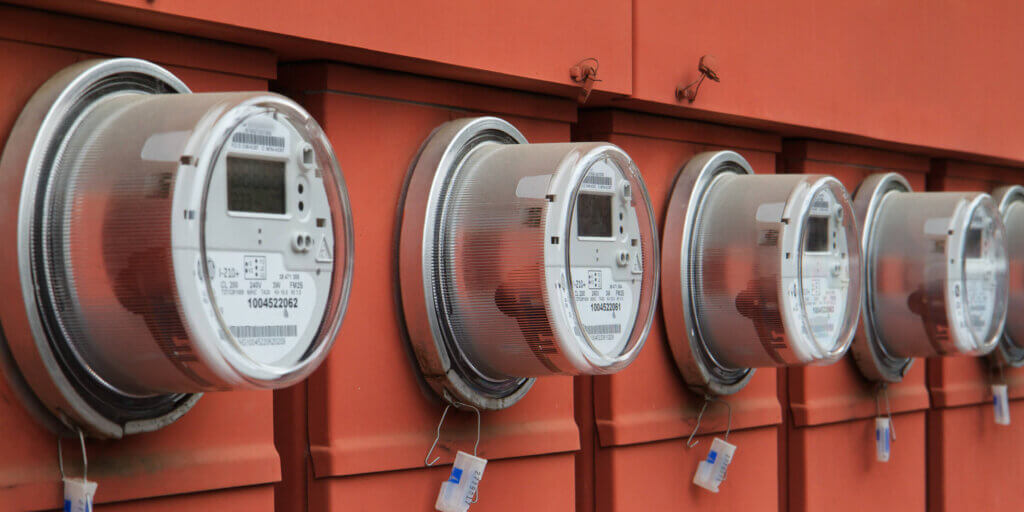
How Does the Power Grid Work?
The power grid operates in three primary stages: generation, transmission, and distribution.
- Electricity Generation: Power plants produce electricity using sources like coal, natural gas, nuclear power, and renewables (solar, wind, hydro). This energy is then sent to high-voltage transmission lines.
- Electricity Transmission: High-voltage transmission lines carry electricity over long distances from power plants to substations. The transmission system moves energy from where it is generated to areas where it is needed, often traveling hundreds of miles.
- Electricity Distribution: From here, distribution lines carry electricity to residential and commercial users, delivering the final voltage needed for everyday use. Substations reduce the high voltage to lower levels suitable for homes.
Can You Go Off-Grid with Solar?
- Off-Grid Power refers to a system that operates independently from the main grid, often using alternative sources like solar, wind, or battery storage. This setup is popular in remote areas but limits access to consistent power and net metering benefits available to grid-tied solar users.
- Microgrids are localized grids that can operate independently or connect to the main grid. They’re valuable for critical facilities like hospitals or military bases, as they provide resilience and continuity during grid outages.
While off-grid options may appeal to some, grid-connected systems typically offer the best saving opportunities for residential solar owners, thanks to programs like net metering. Net metering allows homeowners to send excess electricity generated by their solar panels back to the grid in exchange for energy credits. These credits can offset energy usage during periods when the panels aren’t producing enough electricity, such as at night or on cloudy days, providing significant cost savings.
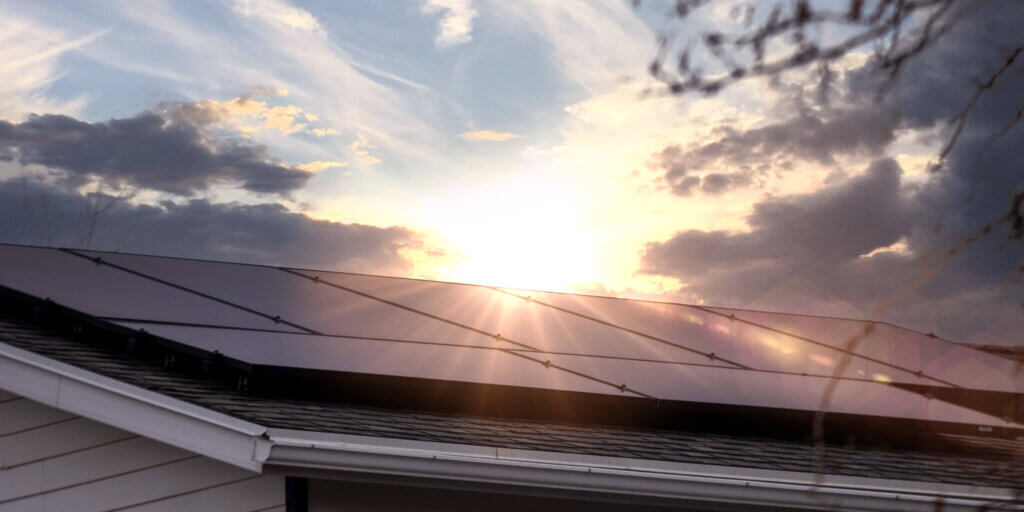
Solar Energy and the Grid
If you’re considering making the switch to clean, renewable energy by installing solar panels on your home, you may wonder how it integrates with the grid. Here’s some common questions and answers:
- Will I Still Be Connected to the Grid with Solar Panels? Yes, most solar energy systems are designed to remain grid tied. This allows you to draw electricity from the grid when your solar panels aren’t generating enough power (like during cloudy days or at night). Staying connected to the grid ensures you have a reliable backup source and access to energy when solar generation is reduced.
- How Do I Participate in Net Metering? Net metering is an incentive program that allows you to earn credits for the excess electricity your solar system generates and sends back to the grid. During sunny periods, when your system produces more energy than you use, the surplus is fed into the grid, and utilities track and compensate you with credits. Later, when your electricity consumption exceeds your system’s production, these credits can be used to offset your costs.
- Can I Go Off the Grid with Solar Panels? Technically, it’s possible to go off-grid with solar, but it’s not recommended for most homeowners. Off-grid systems require multiple batteries and the ability to store the electricity, which can be costly and complex to maintain. In contrast, a grid-tied system with net metering offers both financial savings and the reliability of backup power from the grid. Smaller amounts of solar batteries are also an option, providing power at night or during short outages when the grid is unavailable.
Why Staying Connected to the Grid is Beneficial for You
For most homeowners, a grid-tied solar system provides an excellent combination of energy independence, cost savings, and reliability. With programs like net metering, you can maximize your savings by sending excess solar power to the grid and earning valuable “credits” to offset future electricity costs. Staying connected to the grid also ensures a seamless energy supply during periods of lower solar generation, giving you the benefits of solar power without compromising on consistent energy access.
Whether you’re new to solar or considering an upgrade, understanding the grid can help you maximize the advantages of renewable energy. At Blue Raven Solar, our mission is to make the transition to renewable energy seamless and empowering for homeowners. Understanding the grid is a crucial step in maximizing the benefits of solar energy, from net metering and energy transmission to saving money and enhancing energy independence. By grasping these concepts, you can make informed decisions about your solar setup and unlock the full potential of your investment. Let Blue Raven Solar be your guide in this journey toward a more sustainable energy future—contact us today to learn how we can help you take the next step in harnessing the power of the sun.



Sorry, the comment form is closed at this time.